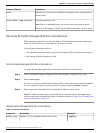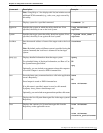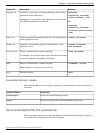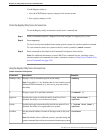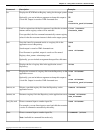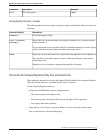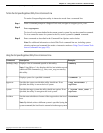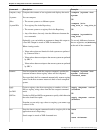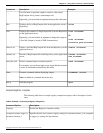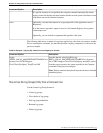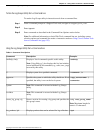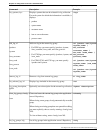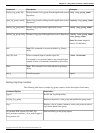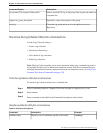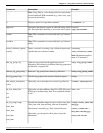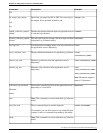
Example:Description:Command:
If no file name is specified, output is saved to a file named:
RegCompare <host_name> <timestamp>.xml.
Optionally, you can include an argument that specifies a file name.
>filesDisplays the list of RegCompare files in the application server's
Repository.
files
>view <filename>Displays the contents of a RegCompare file from the Repository
on the application server.
view
OR
Optionally, you can include an argument to dump this output to
a local file. Output is stored as XML-formatted text.
>view <filename>
<localfile_path\filename>
>remove <filename>Deletes a specified RegCompare file from the Repository on the
application server.
remove, rm
>rename <filename>
<new_filename>
Renames a RegCompare file in the Repository on the application
server.
rename, ren
>read <filename>Directs command input to another input file.read_file, read
For example, you can direct input to run a batch file that contains
a series of commands executable by this utility.
><command> /silentExecutes command without displaying output.silent
Note: Available in command-line mode only.
>quitEnds the program.quit, q
Compare Registries - Examples
The following table shows a sample registry comparison request, with a description of each
entry.
Table 9: Example - Performing a Registry Comparison
Description:Command Option:
Invokes the Registry Comparison utility.>registry
Specifies that the local system's registry settings for customer instance_1 be compared
to logger_b's settings for that instance.
>compare /systems logger_b
/instance customer_1
Cisco Support Tools User Guide for Cisco Unified Software Release 2.1(1)
142
Chapter 12: - Using Cisco Tools from a Command Line
How to Use the Compare Registries Utility from a Command Line



